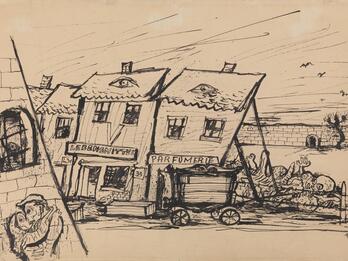Design for the Memory
Abraham Rattner
1943
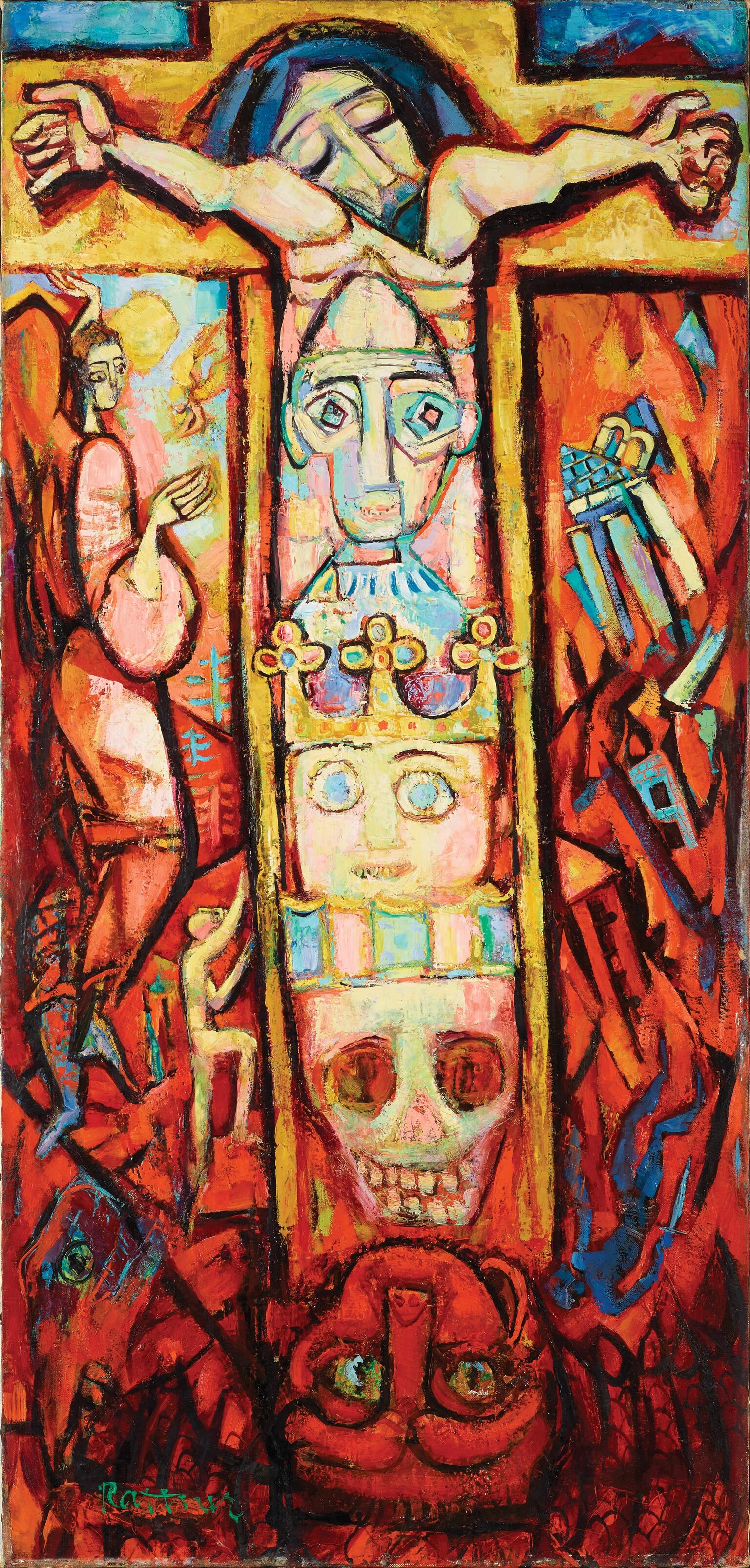
Places:
Related Guide
Visual and Material Culture in the Mid-Twentieth Century
Jewish visual art flourished and diversified in the postwar period, reflecting the social and political transformations taking place in the world.
Creator Bio
Abraham Rattner
American artist Abraham Rattner was a painter, printmaker, and particularly skilled colorist. Born in Poughkeepsie, New York, Rattner studied architecture at George Washington University and art at the Corcoran School of Art and the Pennsylvania Academy of Fine Arts before serving in the army for two years during World War I. After his service, Rattner resumed his studies, traveling to Paris, where he absorbed the artistic tendencies of the French avantgarde. Rattner’s exposure to modernist styles of figuration profoundly influenced his work, which employed the flat, geometric aesthetics of cubism. He returned to the United States in 1939, exhibiting in New York galleries. Later in his career, he turned toward architecture, designing mosaics and stained glass that reflected an enduring engagement with biblical and Jewish subject matter.
You may also like
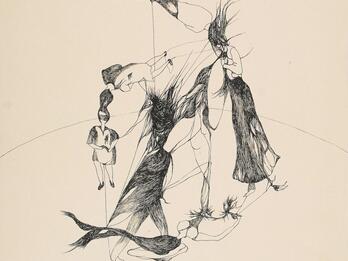
Tu tournes lentement
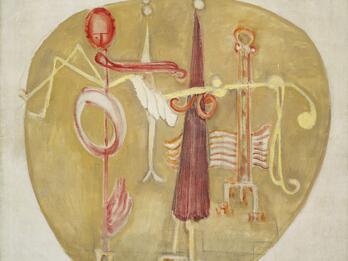
Untitled
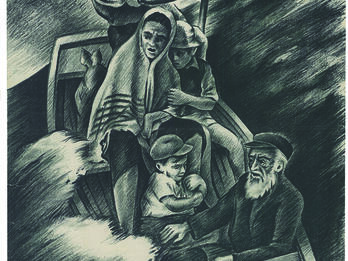
Fund for Recruitment and Rescue Poster
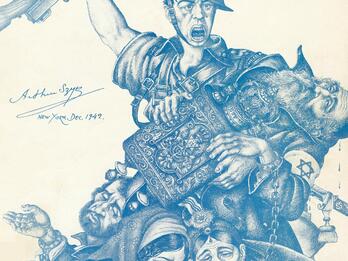
We Will Never Die! Constitution Hall, Washington D.C., poster
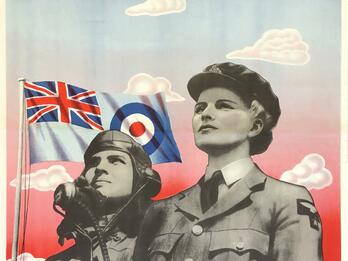
Women’s Auxiliary Air Force Recruitment Poster
